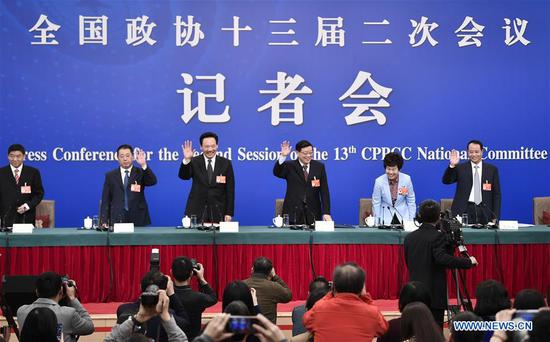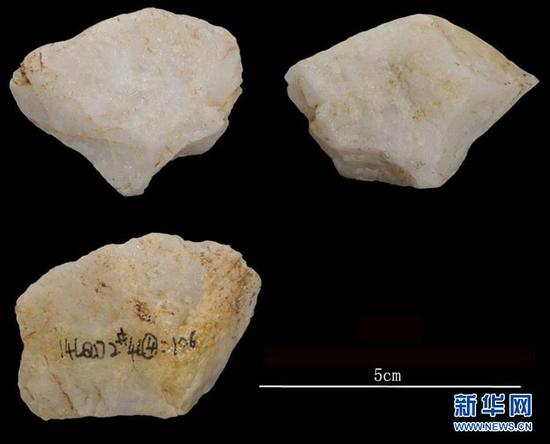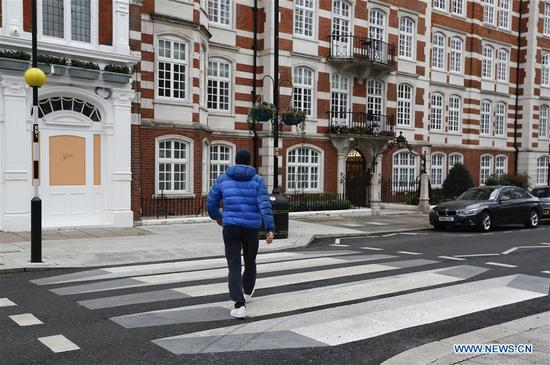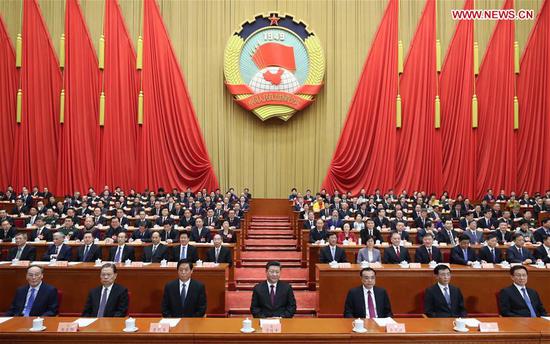Scientists 'cannot detect anything' after three years
People living with HIV have been given fresh hope of a breakthrough in treatment after doctors in London revealed that a man under their care has been declared clear of the disease after receiving a stem cell transplant.
No details are being revealed about the identity of the patient, known only as the London Patient, and doctors have said it is too early to say he has been cured, but so far his progress is similar to that of the United States citizen Timothy Brown, known as "The Berlin Patient" who underwent a similar treatment in Germany in 2007. More than a decade later, Brown remains free of HIV.
"There is no virus there that we can measure. We can't detect anything," said Professor Ravindra Gupta, an HIV biologist from Cambridge University who was one of the leaders of the team treating the London Patient, when he was based at London's University College Hospital.
Gupta described his state as being "in remission" and "functionally cured" but added that it was "too early to say he's cured".
The London Patient contracted HIV in 2003, and nine years later was diagnosed with a variety of blood cancer called Hodgkin's lymphoma. His bone marrow transplant in 2016 was described by Gupta as "really his last chance of survival".
The donor, who is not related to the London Patient, had a genetic mutation called CCR5 delta 32, making him resistant to HIV. Coming up to three years after the stem call transplant, and 18 months after he came off antiretroviral drugs, tests on the London Patient have revealed no sign of his previous infection.
The transplant went relatively smoothly but one side effect was a struggle between the donor's and recipient's immune cells, known as "graft-versus-host" disease, which also happened to Timothy Brown.
It is currently unclear if the donated CCR5 resistance was the main cause for the patient's improved condition, or if graft-versus-host disease may have also have been a contributory factor, by helping eradicate the HIV-infected cells.
Since the 1980s, around 35 million people have been killed by HIV and Aids, and it is estimated that there are around 37 million people infected worldwide.
So far, the best treatment scientists have come up with is developing cocktails of drugs to keep its effects under control.
The treatment given to the London Patient is unlikely to lead to a general cure, because of its complexity and expense. Also, only a small number of people, mostly of Northern European ancestry, have the necessary CCR5 mutation, and exact matching donors would be extremely hard to find.
However, Gupta said that the advances being made through treatment of the London Patient were an encouraging sign in regard to overall understanding of the virus and potential future treatments.
"We need to understand if we could knock out this (CCR5) receptor in people with HIV, which may be possible with gene therapy," he said.


















































